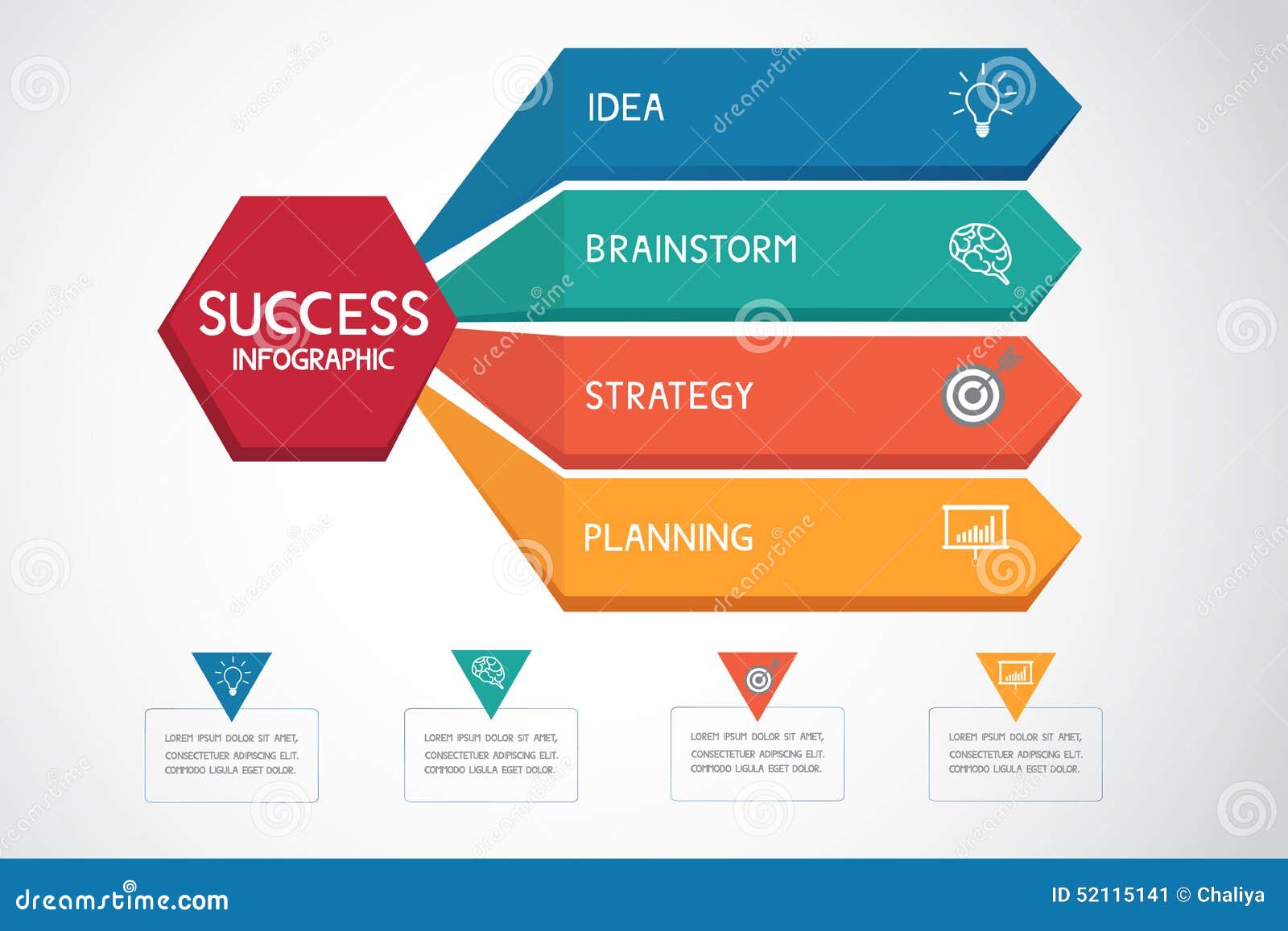Interested In Discovering Just How Internet Site Design Has Developed? Discover The Journey From Uncomplicated Designs To User-Centric Approaches
Interested In Discovering Just How Internet Site Design Has Developed? Discover The Journey From Uncomplicated Designs To User-Centric Approaches
Blog Article
Material By-Asmussen Cantu
In the past, websites were easy and focused on details. Navigating was straight, and design was for desktops. Currently, individual experience is vital. Data overviews designs for simple navigating. Responsive designs suit different devices. Today, dark setting decreases pressure, and minimal food selections improve navigating. Interactive attributes involve customers, and vibrant visuals stand apart. AI integration increases interaction. See exactly how style has developed to boost your on the internet journey.
Very Early Days of Website Design
In the early days of web design, simpleness reigned supreme. https://josuepkezu.eedblog.com/29946416/improve-your-pay-per-click-advertising-efforts-by-executing-reliable-keyword-research-study-methods-that-will-certainly-change-your-projects-discover-more-today were basic, with limited colors, typefaces, and designs. The emphasis got on giving details rather than fancy visuals. https://deanoidwq.bloggactif.com/30691294/exactly-how-to-select-the-right-resident-seo-service-provider-for-your-business accessed the internet with sluggish dial-up connections, so speed and performance were key.
https://www.searchenginejournal.com/content-crawled-ranked-faster-recap/451421/ were straightforward, typically situated at the top or side of the web page. Internet sites were designed for desktop, as mobile surfing wasn't yet prevalent. Material was king, and designers focused on simple readability over complicated style components.
HTML was the main coding language utilized, and developers had to work within its restraints. Computer animations and interactive features were very little contrasted to today's requirements. Web sites were static, with little vibrant content or individualized customer experiences.
Rise of User-Focused Design
With the development of internet site design, a shift towards user-focused layout principles has actually come to be significantly noticeable. Today, creating sites that prioritize individual experience is important for engaging site visitors and accomplishing service goals. User-focused layout involves recognizing the demands, preferences, and behaviors of your target audience to tailor the internet site's design, web content, and features as necessary.
Designers now carry out detailed study, such as individual studies and use screening, to collect insights and feedback directly from customers. This data-driven technique aids in producing user-friendly navigation, clear calls-to-action, and visually appealing user interfaces that resonate with site visitors. By putting the customer at the facility of the style process, web sites can deliver a more individualized and enjoyable experience.
Responsive style has also become an essential element of user-focused layout, guaranteeing that web sites are optimized for various devices and display dimensions. This versatility improves accessibility and usability, accommodating the varied methods users interact with websites today. Essentially, the increase of user-focused design represents a shift in the direction of developing electronic experiences that prioritize the needs and assumptions of the end user.
Modern Trends in Web Design
Check out the most recent fads shaping website design today. hop over to here is dark mode layout, using a smooth and modern-day appearance while minimizing eye strain in low-light environments. An additional key pattern is minimalist navigating, simplifying menus and enhancing individual experience by focusing on essential elements. Incorporating micro-interactions, such as computer animated buttons or scrolling results, can develop a much more interesting and interactive internet site. Responsive design stays vital, making certain smooth customer experiences across different devices. Furthermore, utilizing vibrant typography and asymmetrical designs can include visual passion and accentuate particular web content.
Integrating AI innovation, like chatbots for client support or personalized recommendations, enhances user interaction and improves procedures. Accessibility has likewise become a substantial pattern, with developers focusing on comprehensive layout techniques to accommodate varied individual demands. Welcoming sustainability by maximizing web site performance for speed and efficiency is another arising pattern in web design. Teaming up with individual comments and information analytics to repeat and enhance layout continually is important for staying relevant in the ever-evolving digital landscape. By accepting these modern-day patterns, you can create an aesthetically appealing, user-friendly web site that reverberates with your target market.
Final thought
As you assess the evolution of website layout from the very early days to currently, you can see just how user-focused style has become the driving pressure behind contemporary fads.
Embrace the journey of change and adjustment in website design, always keeping the user experience at the leading edge.
Remain current with the most up to date fads and technologies, and never stop advancing your technique to create aesthetically magnificent and user-friendly sites.
Evolve, adapt, and develop - the future of web design is in your hands.
